Cilantro is a diverse herb used in most Indian, Mexican, Middle Eastern, and Asian cuisines. The herb has an unusual flavour, and it is mostly used fresh in dishes. In Indian food you will find it garnished at the top of the dish and in Mexico, you will see its use in Salsa and Guacamole.
Coriander is also known as Cilantro in America primarily and in India, the seeds are called coriander seeds. Apart from that the stems and leaves are called coriander only.
People use cilantro as an aromatic addition to soups, salads, and other recipes. While in some parts of the world, people call it coriander. In the United States, cilantro refers to the leaves, and coriander refers to the seeds.
Its nutritional content may provide a range of health benefits. In expansion to its many culinary aims, coriander seeds are utilized medicinally, especially as a digestive aid.
Here is what you need to know about growing cilantro from plant cuttings.
Steps to Plant Cilantro
Here is how to grow cilantro from cuttings using simple methods.
Shade
Cilantro thrives in sunlight and underhand shade. It grows best in light weather of spring and early fall. When you are deciding on space for planting make sure it does not receive high heat because that will burn the leaves.
If you stay in an extremely hot climate plant cilantro in pots so that you can move it from time to time. The leaves that grow on extremely heated plants tend to be sour in flavor.
When the weather is fine and warm the plant quickly finishes its cycle and baby plants blossom during the next season. Cilantro grows both in full sun and shade or in a relatively less warm climate.
Soil
Soil mixture for cilantro plants works best. For blending, you can opt for neutral soil and an acid pH of 6.2 because blended soil will be well-draining and fast drying.
Rake the soil smoothly. Provide a ton of moisture and nourish cilantro plants with a water-soluble fertilizer when they reach about 2 inches in height. Such as 21-0-0 or 34-0-0, per square foot of growing area. Do not to over-fertilize the plant as excess nitrogen may make it comparatively less responsive to nutrition.
Plant them almost 1-2 inches apart in a row and plant the seeds almost in a 3-week interval.
Water
Excess water can be detrimental to the cilantro plant. Moist soil, watered in few days works nicely for the plant. For growth, the seeds must be kept moist during the phase of germination so watering regularly would be nice.
But do not overwater as the plant starts pooling extra water resulting in spoiled plants.
Fertilizer
It is not a compulsory addition but adding a natural organic blend can work well for the plant and does no harm. Fertilize it with nitrogen fertilizer and do not over-fertilize. When they start growing, do it in the gap of every 3 weeks.
Harvest
The best part of planting cilantro is it shows immediate results. It can be ready for harvest within a month. You can start reaping leaves once the plants are around 6 inches tall, about three to four weeks after you first sow the seeds.
Harvest by back portions of the top stem, which facilitates growth. Cilantro stems and layers are very sensitive and should be used fresh, at the end of cooking. The enormous leaves can be cut easily from the plant but for small leaves cut them leaving a gap of half or one inch so that the plant does not get hampered.
You can remove the whole of the plant at once resulting in no harvesting for the rest of the growing season. Scraping off the flower heads diverts the cilantro plants’ energy back into the leaf, and not flower or seed production.
You can also grow new cilantro by cutting the stems of the already grown plant and placing them in water. This will ensure the plant regrows hydroponically.
Seeds
Cilantro develops seeds very soon. The pods flare open, and the grains plunge to the floor, finally germinating into new plants. To adequately govern when and where your cilantro is planted, you can cut off the entire seed head and store it in a paper bag until it dries, and the seeds have come loose.
When the plant starts up going brown then cut off the head of the seeds, collect them, and put them in a paper bag. You will see the plant drying up and seeds falling on their own. Finish the ripening process for a few weeks in a dark, well-ventilated, cool place.
Pods can be twitched or shaken around in your hands to discharge the seeds. If you are thriving the plant for seed, do not fertilize since that may delay flowering and thus seed production.
Conclusion
Cilantro is the best source of potassium and has fewer calories. Freshly chopped ones are also good for the digestive system. Add it at the last moment so that you get a full taste of it that will induce maximum flavors. Cilantro combines well with mint, cumin, chives, garlic, and marjoram.
- Dried Cilantro Leaves (Coriandrum sativum), also known as Coriander Leaf or Chinese Parsley :...
- Herb blend idea : Combine Cilantro Leaf with herbs such as oregano, thyme, rosemary, and basil to...
- COUNTRY OF ORIGIN: Egypt OR France
- Cilantro Leaves: Cilantro leaves, famous for their vibrant flavor and aromatic profile, are an...
- Authentic Taste: Experience the authentic taste of cilantro in every dish. Our cilantro extract...
In mild climates, cilantro makes a handsome winter companion to pansies; their leaves will overcome light ice. Dried cilantro loses all its flavor so using fresh is a healthy option. You can store it in the freezer so that it does not rot outside.

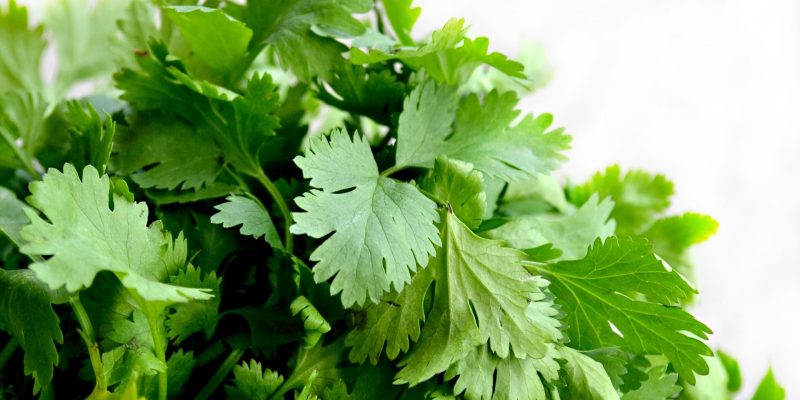

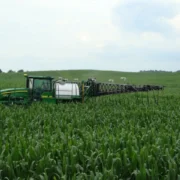
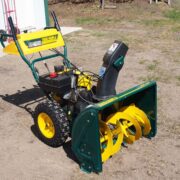

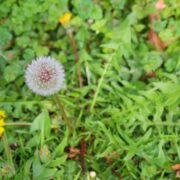
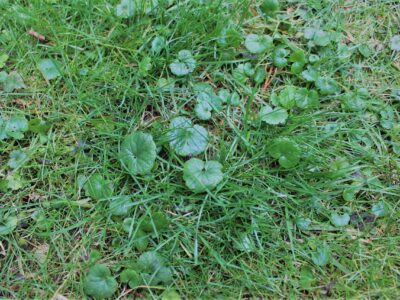

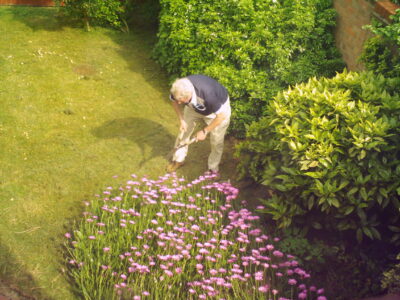
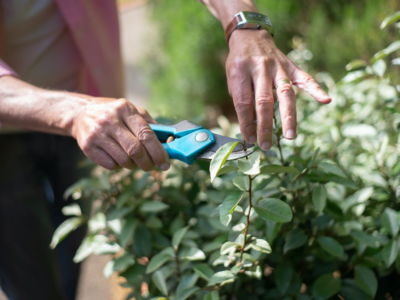
Comments